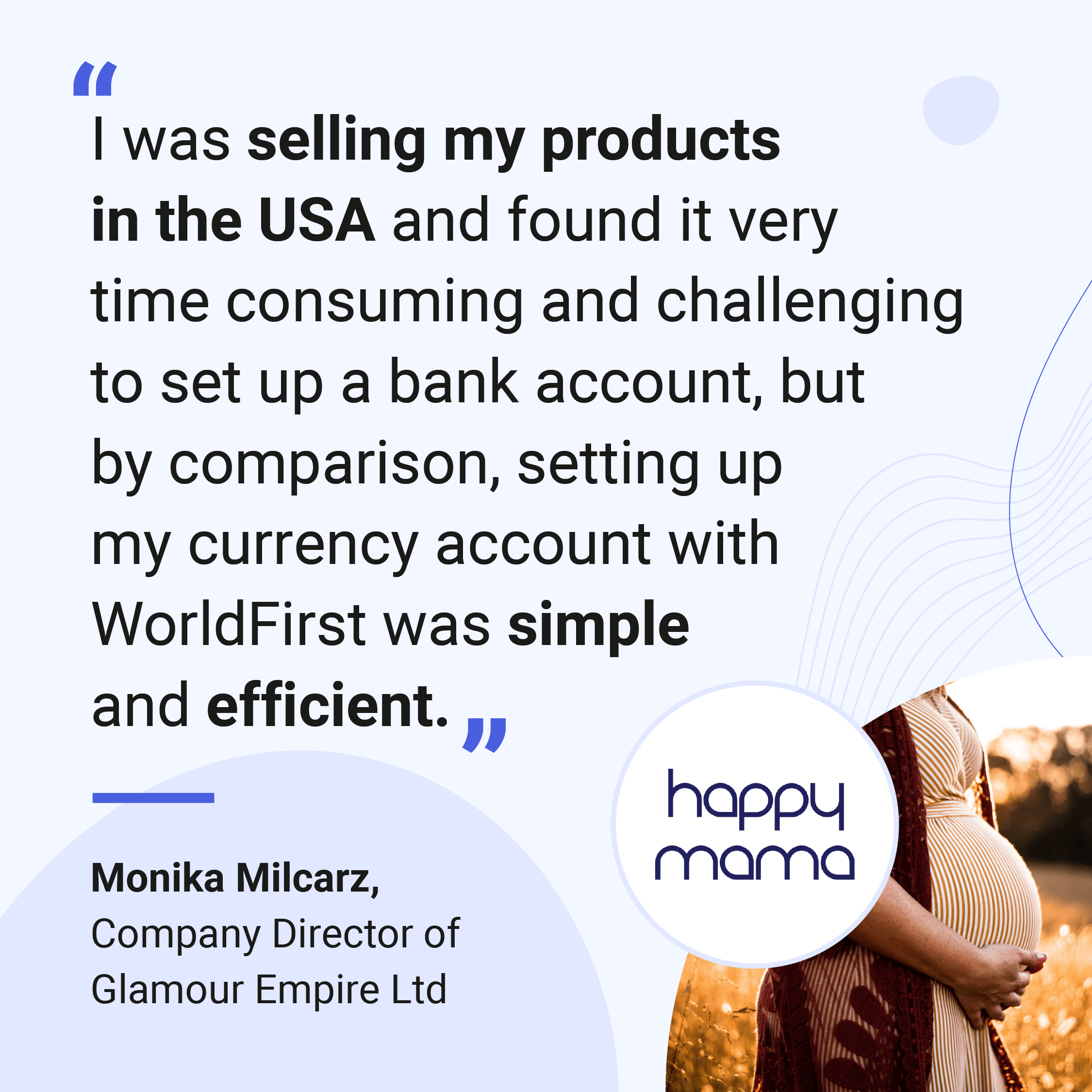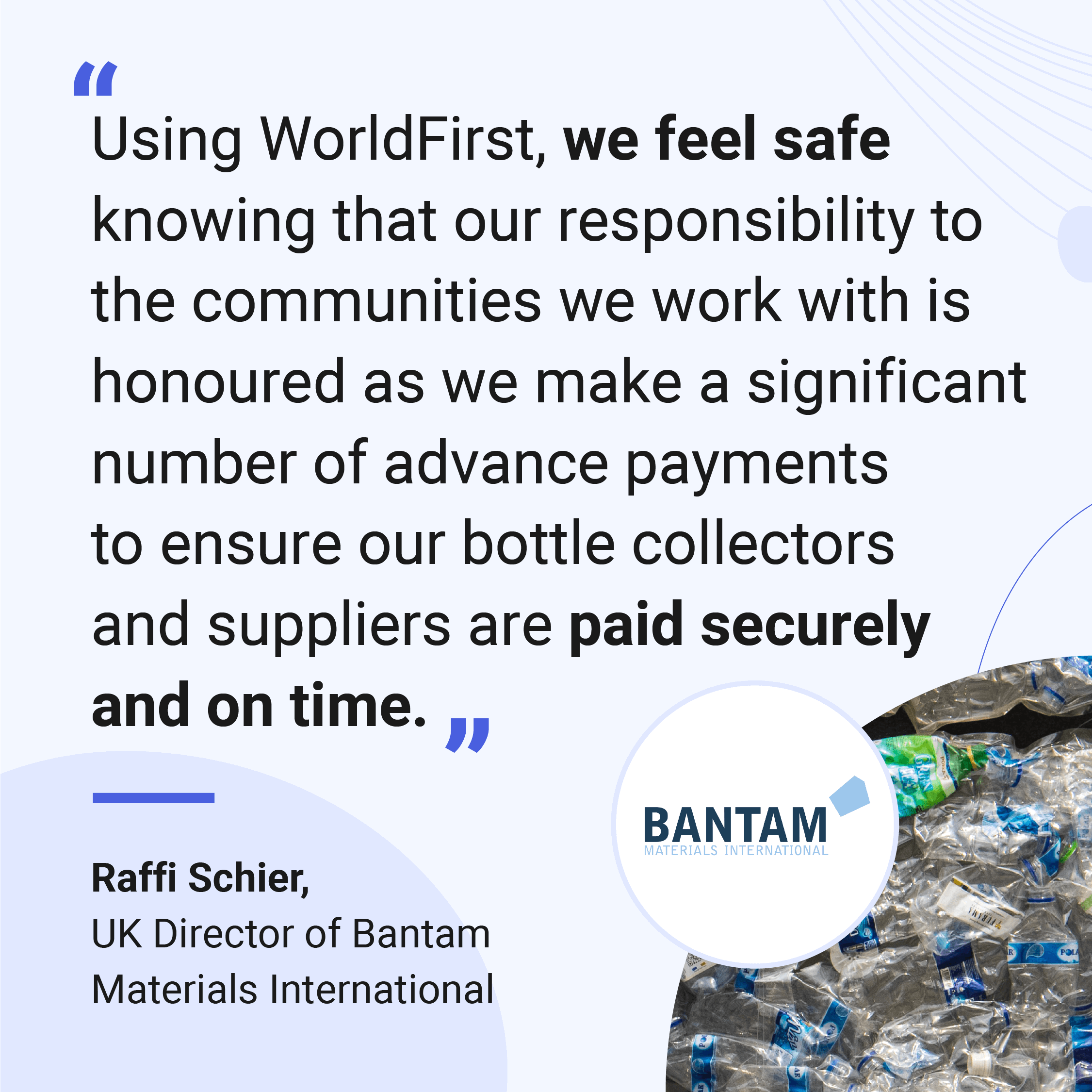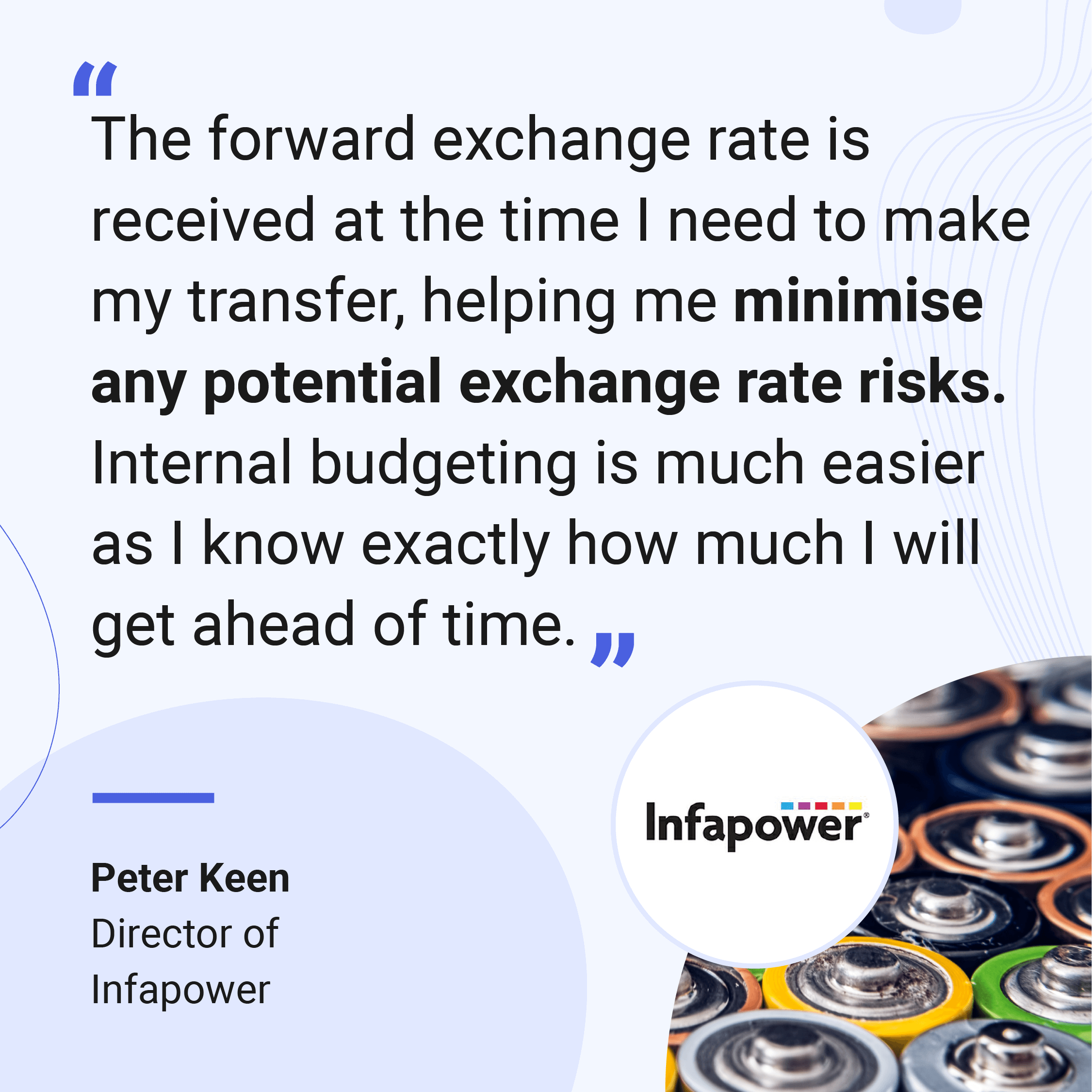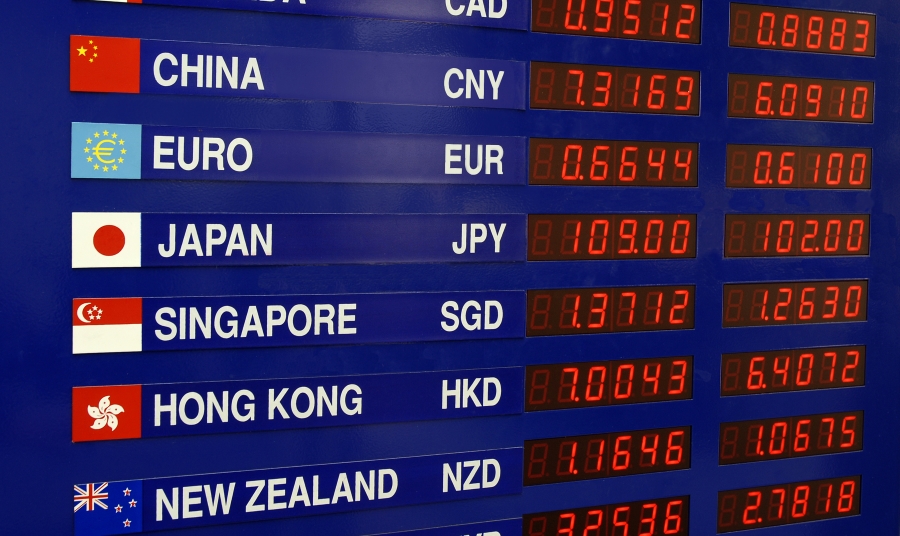
How important is having risk management strategies in place for your e-commerce business? Well, if you don't want your company to run at huge losses, most would agree that setting up a risk management policy is pretty vital.
As markets are changing and becoming more global, worldwide supply chain management is becoming more of a media focal point. Lately, there's been no shortage of news stories highlighting global supply chain bottlenecks – fuel shortages, HGV driver shortages, and shipping containers held up at ports around the world. The everyday consumer reading these major headlines has now become very aware of the importance of managing supply chain risks, and how much of it could potentially be out of a small business owner's hands.
As an online seller, you may feel a bit daunted at the thought of planning global risk management strategies. But don't be. There are many benefits to creating and implementing an e-commerce risk management policy. This article will run through some of the global supply chain issues you may encounter as a small business owner and how you can best mitigate them to retain your profits.
What are the risks e-commerce sellers are exposed to?
There are myriad potential risks your e-commerce business could face, particularly if you use dropship fulfillment. These may include, but are certainly not limited to:
- Demand shocks
- Trade restrictions
- Operational risks
- Natural disasters
- Political instability
- Changing marketplace regulations
- Energy shortages
- Raw material shortages
- Price volatility
- Internet downtime
- Currency fluctuations
- Acts of Terrorism
- IP theft
Some of the most successful entrepreneurs in the world encountered huge setbacks before they made it big. In most of these cases, taking risks and failing made their businesses more robust and resilient in the long term.
Therefore, it's crucial to keep a clear-headed perspective on the levels of risk you could be exposed to as a small business owner. Yes, lots of things can go wrong, but many can go right if you maintain the right attitude towards risk.
Being realistic about risk
If, for example, a manufacturing plant you rely on for production faces a sustained power outage, this incident would be entirely out of your hands as an e-commerce seller.
As an off-shoot of this scenario, you may indeed lose some customers. However, a sustained power cut does not spell the end of your business entirely.
You can gain these buyers back with the right marketing or a new supplier in a different location.
The correct way to manage risk to your business is always to have a Plan B.
To create a Plan B, you first need to consider all of the areas in the supply chain where you have direct input. From there, you can find ways to lower the risk to your business.
The three P’s of risk management: people, process, partnerships
A good risk management policy for any business considers the people involved, the processes of production, and the partnerships business leaders have in place with other companies. Luckily all of these areas - even if you are just a lone e-commerce seller - are within your remit of control in the broader scale of the global supply chain.
People
Firstly, you need to think about your output and the hours you put into growing your e-commerce brand.
- Is there more you could be doing to both lower your risk and grow as a business?
For instance, as e-commerce competition increases, the cost of advertising is steadily going up. Increased advertising costs are a risk to your brand, as it could start to eat into your profit margins. Ask yourself:
- Do you need to learn more about Google Advertising to make sure that your PPC costs are kept to a minimum and bring in the best results?
Make a list of all of the tasks you complete daily, and look for ways to tune-up your skills. You may need to look into online tutorials, invest in automated marketing tools, or even test new advertising platforms to find more cost-efficient ways to promote your brand.
Processes
Next, look at all of the touch points your customers use to interact with your brand:
- What tools do you use to build and maintain your brand website?
- What social media profiles do you run?
- Do you have any plugins on your website - like a chatbot?
All customer touch points and more can be optimised to minimise risk. Run tests on things like UX and mobile responsiveness to make sure that you can maintain customer satisfaction in all areas of communication. If anything goes wrong, you need to make sure you have direct channels to let your customers know what is happening and what efforts you're making to fix an issue.
Partnerships
Examine the links in your supply chain - from manufacturers to delivery services.
- Have you built good relationships with these businesses worldwide, and are they holding up their end of the bargain when it comes to minimising their risks?
- Do you have alternative manufacturing firms you can use if you see increased customer demand in different regions of the world?
- Have you diversified your brand by looking at several different marketplaces to host your goods?
You should also check on your competition, as they could also pose a risk to your business.
- What are your competitors doing to vie for the attention of your customers, and can you out-do them?
Open a World Account for free
- Open up to 15 local currency accounts, with local sort codes, account numbers and IBANs
- Collect secure payments from 130+ marketplaces, overseas buyers and payment processing gateways
- Pay suppliers, partners and staff in 40 currencies without hidden fees
- Pay and get paid easily with local bank details on your invoices
- Lock in conversion rates to manage your currency risk
Specific risk management strategies for global supply chains
There is a wide range of risk minimising strategies you can complete simply by remembering the three P’s. Now, we'll look into more specific plans for minimising global e-commerce marketplace risks.
Diversifying your brand
If you are only hosting your products on one niche e-commerce marketplace, you could be placing your business at more risk. If the site changes the terms and conditions for sellers, you could see your entire income stream wiped out overnight.
Furthermore, some e-commerce marketplaces are designed and optimised to improve the customer’s experience, not their sellers’ experience. For instance, a site redesign could see your product pushed further down the onsite search rankings. Competitors within the site could also copy your product pictures and descriptions, and steal your customers by offering lower prices.
Global marketplaces offer good merchant services. However, the sites will respond to seller infractions, rather than preemptively stopping them. Therefore, it may be wise to diversify your presence online and invest in marketing your brand to make it memorable in its own right.
Host your brand on at least three platforms as follows, even if you are just starting out in business:
Website
Create a dedicated shopping site powered by a reliable e-commerce SaaS brand such as Shopify. This central website will act as the main hub for managing your orders and inventory - the first and arguably most important link in your supply chain.
Marketplaces
Next, host on well-known marketplace platforms like eBay or Amazon, as they can help you gain new customers by bringing up your products in their on-site search results.
In-platform services like Fulfilment by Amazon can also warehouse and ship your products for an additional seller cost. Utilising multinational firms in your supply chain helps minimise risk to your small business. These firms invest in the latest automated technologies, optimising to lower supply chain risk –– making it a safe bet for sellers trading in international and domestic markets.
Social Media
Finally, consider selling through social media marketplaces such as Facebook and Instagram. These sites bring in high traffic, and you can increase your brand's organic reach by posting engaging content and building your follower count.
Social media marketplaces also allow you to tag products in photos and provide a link for viewers to click and buy without leaving the platform.
Brands large and small need to have a social media presence to minimise their business risk –– customers need an easy way to find you and get in touch if they have any questions about your products.
Performing supplier risk assessments
When selecting partners to manufacture and ship your products, there are many strategies you can implement to get the best results and minimise risks to your supply chain. Firstly, use a reliable wholesaler platform like Alibaba to help you find reputable suppliers worldwide. These sites offer e-commerce brand owners the ability to vet potential suppliers through direct communication channels. Here, you can ask to see their compliance documents - such as business and export licenses.
Alibaba also provides Trade Assurance, a free transactional protection service which boosts trust between buyers and suppliers.
Alibaba Trade Assurance specifically offers buyers protection for when:
- Your products are not shipped on time as per the contract with your supplier
- Your products do not meet the quality standards as per the contract with your supplier
You can also look into more detail on each supplier’s risk management policies. The four main areas you should be looking for in a manufacturer's risk management policy includes:
- Quality: How has the manufacturer outlined its risk assessment policy? Is it thorough enough?
- Alignment: How does the company's current risk assessment policy align with your unique concerns as a business owner? Do they have adequate provisions in place to protect their staff, for example? Are they using environmentally sustainable practices?
- Efficiency: Are suppliers updating their operational technologies to improve overall factory efficiency? Keep up-to-date with the latest news in the logistics industry to identify tools that could help them minimise risk in their operations.
- Veracity: Find out how often manufacturers and wholesalers test and make improvements to their risk management strategies. Ask if you can see the results of their tests.
When satisfied with their responses, you can then send a wholesaler agreement for them to sign and return.
Performing product risk assessments
Every e-commerce seller varies in their level of attachment to selling specific products. Some, for instance, are passionate about their business niche and have a set idea of the kinds of goods they want to sell, regardless of consumer trends. On the other hand, some e-commerce sellers are happy to test and change product lines regularly.
For both sets of brand owners, using a product research tool can be very beneficial in managing risks associated with changing consumer demand.
Zik Analytics, for example, has a tool that analyses every product found on AliExpress and gives ratings on its popularity with customers around the world. You can use this tool to pinpoint reliable sellers and check on the level of worldwide demand for certain types of products.
Investing in e-commerce protection policies
Small business insurance is an area you may also want to look into to minimise risk to your e-commerce website. Services like Cyber Fortress offer business owners compensation for prolonged internet downtime, as incidents like social media site crashes can hugely affect daily advertising spend.
E-commerce insurance sites use machine learning to calculate your premium costs and site risk profile. Their experts can tell you if your site would benefit from an updated SSL certificate, fewer widgets, or a more secure payment gateway.
You can also seek insurance policies to protect your goods when they are in transit. Everyone remembers the story of the shipping container lodged in the Suez canal recently. Make sure your business is protected in the event your products get held up in transit. Check out this in-depth guide to shipping insurance.
Mitigating risks associated with international payments
Collecting and making payments in different world currencies also incurs supply chain risk. Payment gateway hacking or fluctuating currency exchange rates can affect your company’s operations - unless you use a reliable and secure payment gateway like WorldFirst.
With a World Account, you can open one account and trade up to 10 local currencies from your secure central dashboard. You can also start collecting funds from approved payment gateways and marketplaces. Pay your suppliers in their local currency and choose the best time to move your money.
Provided you meet our FX payment deadlines, WorldFirst can also provide same-day or next-day currency transfers to businesses worldwide. Plus, you can lock in currency exchange rates to suit your needs for up to 24 months.

Businesses like yours trust WorldFirst
- Almost 1,000,000 businesses have sent $150B around the world with WorldFirst and its partner brands since 2004
- Your money is safeguarded with leading financial institutions
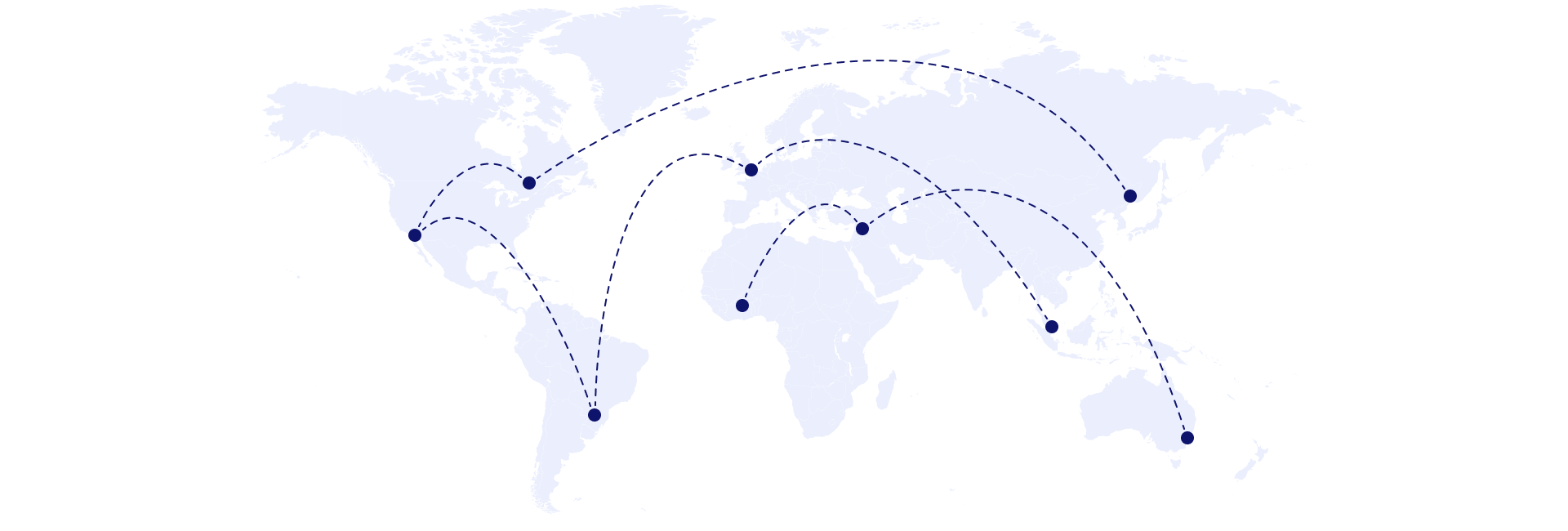
What our customers say about our services
